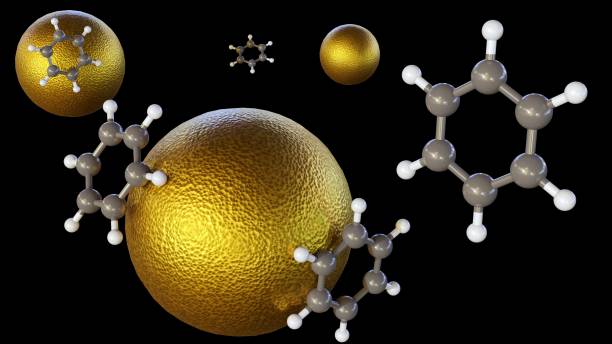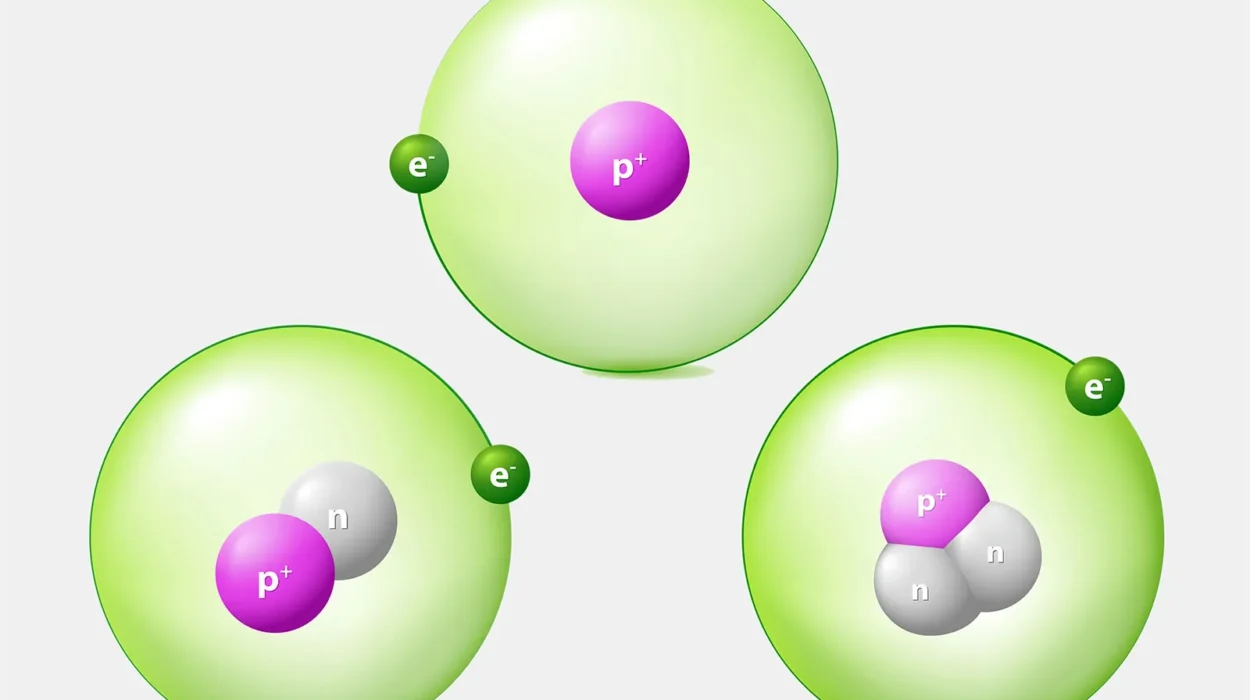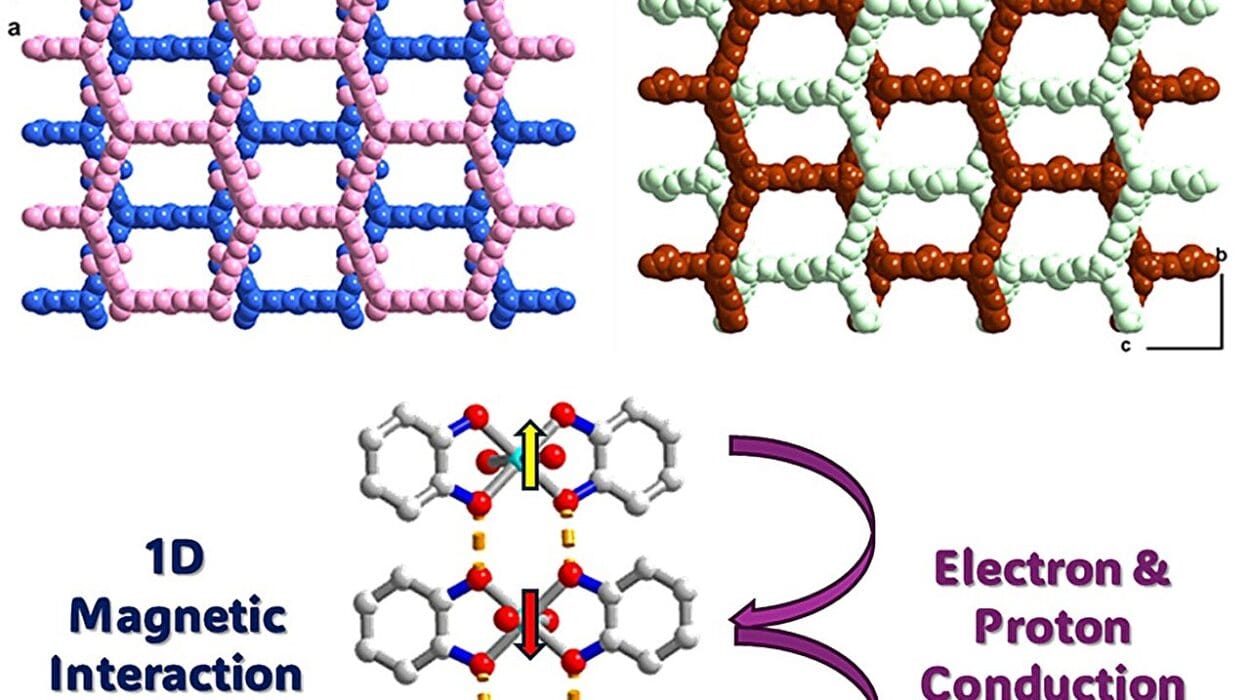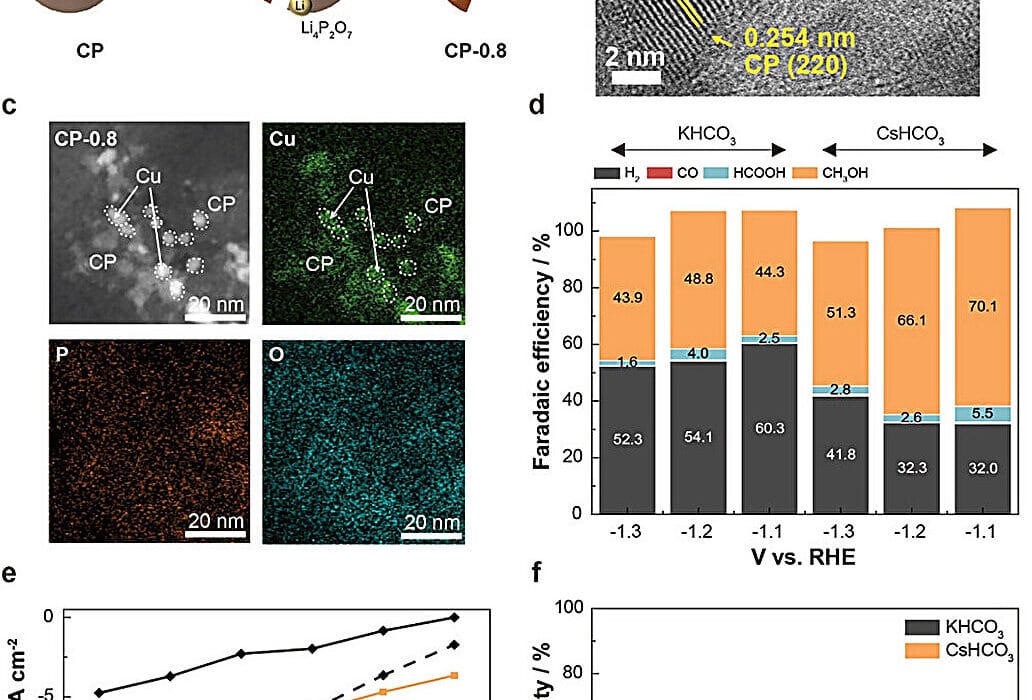When the word “aromatic” appears, many people instinctively think of fragrance—lavender fields, citrus zest, or the smoky perfume of a campfire. And while it’s true that many aromatic compounds do have potent odors, their true magic lies not in smell, but in structure.
Aromatic compounds, or arenes, are a cornerstone of organic chemistry. They’re the molecules that underpin dyes, fuels, medicines, plastics, and even the DNA in your cells. The term “aromatic” began with smell, but has evolved into something far more scientific and fascinating—a name for molecules that follow a special set of rules, capable of doing things most compounds cannot. So what makes these compounds so special?
A Historical Whiff: The Origins of Aromatic Chemistry
The story of aromatic compounds begins in the 19th century, in laboratories heavy with the scents of essential oils and distilled tars. Chemists like Friedrich August Kekulé were trying to understand the nature of substances isolated from plants and coal. One of the most mysterious was benzene, a sweet-smelling liquid extracted from coal tar.
Despite knowing its molecular formula—C₆H₆—scientists couldn’t quite figure out how those atoms fit together. It didn’t behave like other hydrocarbons. It was unusually stable. It didn’t participate in the typical reactions of alkenes, even though it appeared to contain multiple double bonds. Something about it defied conventional wisdom.
Then came the dream.
Kekulé, in a moment of serendipity or myth-making (depending on which version you believe), claimed that he dreamed of a snake biting its own tail—a circle. This led him to propose that benzene consisted of six carbon atoms arranged in a ring, with alternating double and single bonds. It was a poetic idea, and one that fundamentally changed organic chemistry.
The Structure That Defies Expectations
Kekulé’s vision was a starting point, but it wasn’t quite accurate. In the decades that followed, scientists used techniques like X-ray crystallography and spectroscopy to probe deeper into benzene’s structure. They found something unexpected: the bonds in benzene weren’t alternating between single and double at all. Instead, all six carbon-carbon bonds were identical, with a bond length somewhere between a single and a double bond.
This curious observation led to the concept of resonance. In modern terms, benzene isn’t switching between two structures—it exists as a hybrid of both. The electrons in the double bonds are delocalized, meaning they are not confined between individual atoms but spread out evenly across the entire ring. This delocalization creates a unique kind of molecular stability known as aromatic stability.
This “cloud” of electrons hovering above and below the plane of the ring is what makes benzene—and other aromatic compounds—so special. It’s also why aromatic rings are flat, symmetrical, and surprisingly resistant to chemical attack.
Hückel’s Rule: The Secret to Aromaticity
What exactly makes a compound aromatic? This question puzzled chemists until the 1930s, when German physicist Erich Hückel provided a simple rule to explain aromatic behavior.
Known as Hückel’s Rule, it states that a compound is aromatic if it has a planar ring of continuously overlapping p-orbitals and contains 4n + 2 π electrons, where n is any non-negative integer (0, 1, 2, 3…).
For example, benzene has six π electrons (from three double bonds), which fits the rule when n = 1 (since 4×1 + 2 = 6). This rule explains not only why benzene is aromatic, but also why many similar molecules are not. If a ring has 4n π electrons—say, 4 or 8—it’s called antiaromatic, and these compounds are often unstable and highly reactive.
Hückel’s Rule gave chemists a powerful lens for identifying aromaticity, but it also hinted at something deeper: the idea that electrons, when allowed to spread out and resonate, can bring extraordinary stability to a molecule.
Aromaticity Beyond Benzene
Benzene may be the poster child of aromatic chemistry, but it’s far from the only aromatic compound. As chemists began exploring the concept more deeply, they discovered an entire family of compounds that shared benzene’s electron delocalization and stability.
Polycyclic Aromatic Hydrocarbons (PAHs), for example, consist of multiple fused benzene rings. Compounds like naphthalene (the active ingredient in mothballs), anthracene, and phenanthrene are all examples. These structures are flat, planar, and rich in delocalized electrons.
Then there are heteroaromatic compounds, where one or more carbon atoms in the ring are replaced with heteroatoms like nitrogen, oxygen, or sulfur. Compounds like pyridine, furan, and thiophene fall into this category. These heterocycles play essential roles in biology, acting as scaffolds in DNA bases (like adenine and guanine) and the structures of many vitamins and drugs.
Heteroatoms can donate or withdraw electrons, changing the ring’s electronic properties and reactivity. This versatility makes heteroaromatics incredibly valuable in pharmaceutical design and materials science.
Aromaticity in Nature
Nature has been using aromatic chemistry for billions of years, long before humans discovered it. Aromatic rings are fundamental components of many biological molecules.
Take nucleic acids, the blueprints of life. The nitrogenous bases in DNA and RNA—adenine, thymine, cytosine, guanine, and uracil—are all aromatic. Their planarity and electronic stability allow them to stack neatly in the helical structure of DNA, stabilized by π-π interactions between the rings.
Amino acids like phenylalanine, tryptophan, and tyrosine contain aromatic side chains that contribute to protein folding and function. Chlorophyll, the molecule that lets plants convert sunlight into energy, contains an aromatic ring structure (a porphyrin) with a magnesium atom at its center. The same basic ring structure, modified slightly, holds iron in hemoglobin and cobalt in vitamin B₁₂.
These examples show that aromaticity is not just a curiosity—it’s a foundational principle in biochemistry, essential for the molecules of life.
Aromatic Substitution: A Reaction Like No Other
While alkenes typically undergo addition reactions that break double bonds, aromatic compounds behave differently. Their special stability means that they resist addition, which would destroy the delocalized π system. Instead, they favor electrophilic aromatic substitution.
In this type of reaction, an electrophile (a positively charged or electron-loving species) replaces one of the hydrogens on the aromatic ring. The π system is temporarily disrupted during the reaction but is restored in the final product, preserving aromaticity.
Classic examples of electrophilic aromatic substitution include nitration, sulfonation, halogenation, and Friedel-Crafts alkylation and acylation. These reactions are the foundation for synthesizing dyes, drugs, and polymers.
The substitution pattern on the ring is influenced by existing substituents. Electron-donating groups like OH or NH₂ tend to direct new substituents to the ortho and para positions, while electron-withdrawing groups like NO₂ steer them to the meta position. This allows chemists to design molecules with incredible precision.
Aromatic Compounds in Industry
The industrial importance of aromatic compounds cannot be overstated. From petrochemicals to pharmaceuticals, they are at the heart of many manufacturing processes.
Toluene, for example, is an aromatic solvent used in paints, glues, and cleaning agents. It’s also a precursor for making benzaldehyde and benzoic acid.
Styrene, derived from benzene and ethylene, is polymerized to make polystyrene, a lightweight plastic used in packaging, insulation, and disposable containers.
The pharmaceutical industry leans heavily on aromatic rings. Many drugs contain benzene rings or heteroaromatic scaffolds because of their ability to interact with biological targets through hydrophobic interactions, hydrogen bonding, and π-stacking.
Dyes and pigments also rely on aromatic compounds. The vibrant colors of azo dyes, for example, are due to extensive conjugated systems that include aromatic rings, allowing them to absorb specific wavelengths of light.
In essence, modern chemistry and industrial innovation are built on the framework of aromatic molecules.
The Dark Side of Aromatic Compounds
Despite their utility and stability, aromatic compounds can sometimes pose environmental and health risks. Polycyclic aromatic hydrocarbons (PAHs) are common pollutants, formed during the incomplete combustion of organic matter—like in car exhaust, grilled meats, or forest fires.
Many PAHs are carcinogenic because they can intercalate into DNA, disrupting replication and leading to mutations. Benzene, though essential in industry, is also a known human carcinogen. Prolonged exposure can cause bone marrow damage and leukemia.
Because of these hazards, chemists and environmental scientists work to monitor, control, and mitigate aromatic pollutants, even as we continue to rely on their beneficial properties.
Aromaticity Reimagined: From 2D to 3D
Traditionally, aromaticity has been associated with flat, two-dimensional rings. But in recent years, chemists have discovered that aromaticity can also extend into the third dimension.
Fullerenes, for example, are spherical molecules made entirely of carbon, resembling soccer balls. Though they don’t fit traditional Hückel rules, some exhibit aromatic-like behavior due to delocalized electrons over their curved surfaces.
Similarly, metalloaromatic compounds, which include metal atoms in their rings, challenge the boundaries of classical aromatic theory. These exotic molecules expand our understanding of electron delocalization and open new avenues in materials science.
Even molecules shaped like Möbius strips—those twisted one-sided loops—have been shown to exhibit Möbius aromaticity under specific conditions, thanks to delocalized electrons traveling along a twisted path.
These discoveries prove that aromaticity is not a rigid concept, but a flexible and evolving one, continually reshaped by the creativity of chemists.
The Future of Aromatic Chemistry
As science progresses, so too does our understanding of aromaticity. Researchers are now exploring aromaticity in excited states, using the concept to design new materials for organic electronics, photovoltaics, and photodynamic therapy.
There is growing interest in antiaromatic compounds—those with 4n π electrons—which, though traditionally unstable, are now being stabilized and harnessed for new chemical reactivities.
Supramolecular aromatic systems, where aromatic rings interact with each other through non-covalent forces, are being used to build molecular machines, sensors, and self-assembling nanostructures.
Moreover, green chemistry initiatives are pushing for safer aromatic reagents and solvents, minimizing environmental impact while maximizing efficiency and utility.
Aromatic chemistry is not just alive—it’s thriving, leading us into a future where the molecular world is more precise, sustainable, and imaginative than ever before.
Conclusion: Rings of Resonance and Wonder
The allure of aromatic compounds goes far beyond their fragrant origins. They captivate because they challenge expectations: molecules that are more stable than they should be, more versatile than they appear, and more essential than most people realize.
From the DNA in your cells to the aspirin in your medicine cabinet, from the dyes in your clothes to the plastic in your coffee cup, aromatic compounds are all around you—quietly shaping the structure and function of modern life.
They embody a paradox: simple in appearance, yet profoundly complex in behavior. The rules they follow—resonance, delocalization, Hückel’s formula—give them a kind of molecular elegance, a beauty rooted not just in smell or symmetry, but in stability, adaptability, and endless possibility.
In the grand narrative of chemistry, aromatic compounds are not just characters in the story. They are its authors, inscribing their resonant logic into the very fabric of nature.






